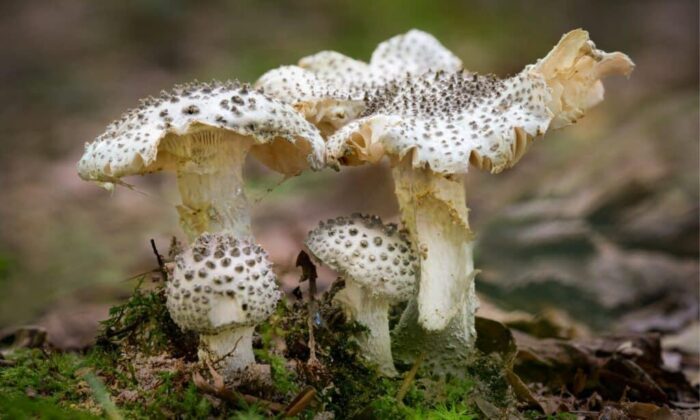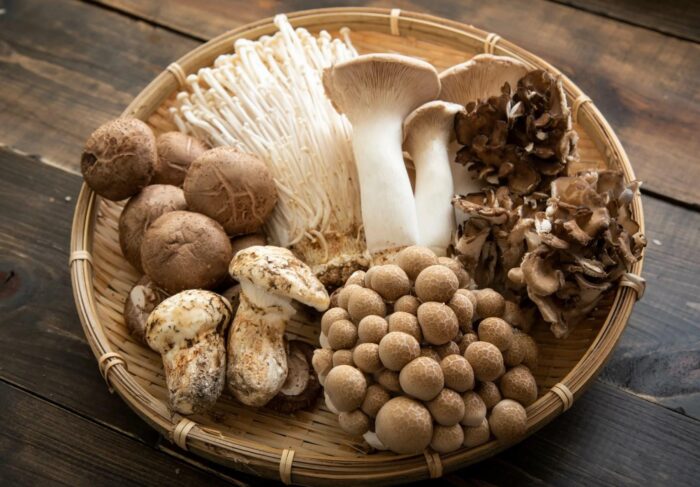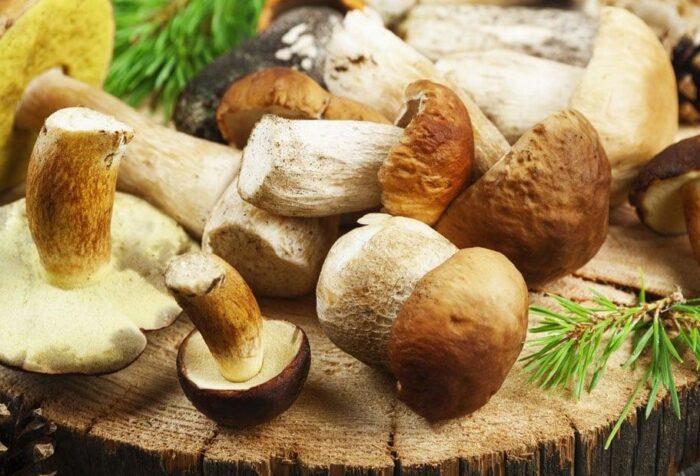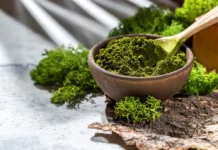
Mushrooms are a nature treasure that has captivated human curiosity and fascination for years. They have been the center of discussion and have become a mystique that piques scientists’ and researchers’ interest.
Some people misjudge mushrooms as poisonous and deadly, whereas some consider them hallucinogenic. However, these things depend on the type of mushrooms you are talking about. Not all mushrooms are poisonous, and not every mushroom is eatable.
It is critical to comprehend what is true and what is simply a fiction that has been stored in our minds since the beginning of time. Researchers and scientists delve deep into the fascinating world of mushrooms to research their color, components, characteristics, health benefits, and harmful effects.
They embark on the journey to find the fascinating truths and debunk the common myths that stop people from consuming this powerhouse of vitamins and minerals.
In this guide, we will discuss the myths that revolve around the world of mushrooms and debunk them with actual facts and research.
All mushrooms are poisonous
This is the most common and widespread conception about mushrooms. There are more than 2000 types of mushrooms, and some of them contain mycotoxins which make them poisonous.
The reality is some mushrooms, like Amanita phalloides, Gyromitra spp, Omphalotusolearius, etc., are poisonous and deadly, but a significant species of mushrooms comes under the nonpoisonous and healthy category.
Porcini, Shiitake, Chanterelle, etc., all are not only safe but also provide significant health benefits like lowering blood pressure, reducing the risk of cancer, overcoming depression, etc.
Many people have heard that Amanita Muscaria Mushrooms are poisonous and cannot be eaten. However, the truth is we can remove its toxicity through decarboxylation and change it into an extremely healthy mushroom that can benefit our body in many ways.
All mushrooms are psychoactive
Although some mushrooms do have psychoactive compounds, a majority of mushrooms are free from them.
It’s a myth that they contain hallucinogens that affect the brain and its functioning and produce mind-altering effects.
The reality is some mushrooms, like magic mushrooms, do have this compound, but even that is used to relax the mind and body of patients with anxiety and depression.
There are many mushroom species that are safe and can be cooked and consumed without any worry.
All Functional mushrooms are the same
Functional mushrooms are basically used in the medical field due to their potential health benefits. They boost the immune system, reduce stress, fight cancer, protect from diseases, etc.
Many people think that all the functional mushrooms provide these benefits and can be used as substitutes. However, the truth is there are more than 2000 mushroom species, some of which can work as medicine and provide desired health benefits.
For example – Chaga Mushrooms support the immune system, Turkey Tail Mushrooms are used to treat cancer, Amanita Muscaria Mushrooms reduce pain and skin problems, etc. Each Functional mushroom has its own unique qualities that can be used for different purposes.
Wild mushrooms are toxic
The most common and one of the most irrelevant myths is that all wild mushrooms are toxic. People refrain from even touching them due to the fear of their toxicity.
However, the reality is some wild mushrooms are toxic while some are harmless and safe.
The safe wild mushrooms have more nutrients, minerals, and proteins than any other type of mushroom. Purchasing them from a reputable and authentic shop is necessary to avoid eating toxic or harmful wild mushrooms.
Bright color mushrooms are always toxic
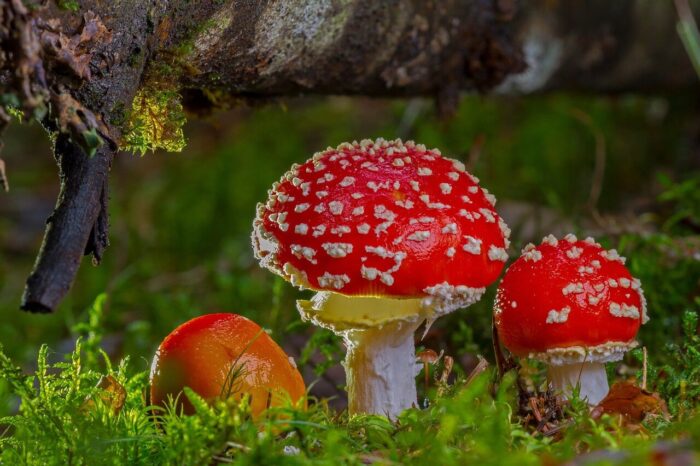
It’s difficult to differentiate between a toxic and an edible mushroom. To solve this problem, some people have created a myth that bright-colored mushrooms are always toxic and simple white color mushrooms are suitable for eating.
However, this is a myth that needs to be debunked as soon as possible. It’s true that some brightly colored mushrooms like Amanita phalloides and Amanita pantherina are that are toxic.
On the other hand, some white-colored mushrooms, like Galerina marginata, Destroying Angel, etc., are among the most toxic mushrooms in the world. Chanterelles, Lobster Mushrooms, etc., are bright-colored but edible and safe.
This proves that there is no reality behind the concept that color defines the toxicity of a mushroom.
Cooking mushrooms are important
Another prevalent misconception is that boiling mushrooms is necessary to reduce their toxicity and maximize their health benefits. The reality is some mushrooms have minor toxicity that has to be removed by cooking.
On the other hand, most of the edible and safe mushrooms need not be cooked. They can be consumed both raw and after cooking, as there is no necessity to cook those safe mushrooms.
However, some nutrients are heat sensitive and may deteriorate while cooking. Furthermore, cooking alters the mushroom’s taste, size, texture, and flavor. To reap the greatest advantages from the natural flavor, consuming them uncooked is better.
All Mushrooms cause candida
Candida is basically a fungal infection caused by a type of yeast. It can cause infection in the mouth, throat, and gums. However, the conception that all the mushrooms cause candida is a myth, and there is no scientific research behind that.
Most mushrooms are free of candida properties and even work effectively against it. Mushrooms are not naturally capable of triggering Candida overgrowth.
In Fact, certain mushroom species have been researched for potential health benefits such as immune support and antibacterial capabilities, which cure candida and their overgrowth.
Conclusion
The world of mushrooms is fascinating and mysterious, and there are many more truths that need to prevail. The myths busted above help people understand this hidden gem that has massive benefits not only for the body but also for the brain and heart.
We have debunked the common myths that have been prevailing for years, and now it’s your responsibility to get a clear picture of the world of mushrooms and use them for your benefit.
From its toxicity to its color and components, we have discussed everything that helps you to include this nutritional food item in your regular diet.
However, many mushroom companies sell unhealthy and toxic mushrooms that provide no health benefits.
Therefore, check the reviews and reputation of the company before reaching them.

